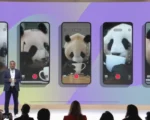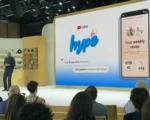YouTube now allows users to request the removal of AI-generated content that mimics their face or voice

Meta is not alone in addressing the implications of AI-generated content on its platform. In June, YouTube introduced a policy change allowing individuals to request the removal of AI-generated or synthetic content that mimics their face or voice. This expansion of YouTube’s privacy request process builds on its commitment to responsible AI, initially outlined in November.
Under the new policy, affected parties can request the removal of AI content as a privacy violation rather than labeling it misleading, such as a deepfake. YouTube’s updated Help documentation clarifies that the platform generally requires first-party claims, with exceptions for minors, deceased individuals, and others who lack access to a computer.
Submitting a takedown request does not guarantee the removal of the content. YouTube evaluates complaints based on several factors, including whether the content is identified as synthetic, uniquely identifies a person, or falls under parody, satire, or public interest. The platform also considers if the AI-generated content involves public figures or well-known individuals and if it portrays sensitive behavior, such as criminal activity, violence, or product or political endorsements, which could be particularly impactful during an election year.
YouTube provides the content uploader 48 hours to respond to the complaint. If the content is removed within this timeframe, the complaint is closed; otherwise, YouTube initiates a review. The platform emphasizes that removal involves fully deleting the video and any personal information from the title, description, and tags. Users have the option to blur faces in their videos but cannot simply make the video private, as it could be reverted to public status.
This policy change underscores YouTube’s effort to balance user privacy with the need to manage the growing influence of AI-generated content on its platform.





















